Circular In-Person
July 13, 2023
Listen on my substack.
Hi Everyone,
I hosted my first “Fashion Circular Landscape 101” course on July 11 and it was great! We were a group of 9 from diverse backgrounds with lots to say. I’ll share more about that in a future post, and I think I’m going to make the 101 course a quarterly offering, so let me know if you’re interested for Fall 23.
I have a treat for you today. I’m going to share 3 inspiring examples of the circular economy in-action, all of them personally inspiring to me.
The first two examples are related to in-person experiences. Having physical experiences of post-consumer goods is crucial for the success of the circular economy for a few key reasons:
Listing items for resale online can take a lot of work. Selling it in a store or other physical environment tends to take less steps and be quicker.
When stuff/things/products are ready to be recirculated, i.e. when their current owner is done with them, they may be missing their materials tags, the ones that tell you what they are made of. It is my understanding that any sizable online business (if not every size business) must share the materials of any item they are selling, so if you have an amazing sweater that feels like cashmere, but doesn’t have a tag telling you that it is cashmere, you can’t sell it online. All of the items that may be in great condition, but are missing materials tags can be sold ‘as is’ in a store where the customer can inspect them and decide whether or not to purchase them.
For buyers of used items, it’s a much better experience to shop in-person than to trust the online photos and descriptions. I think people naturally have a bit less trust when purchasing used items, so touching them, trying them on and confirming for themselves that the item meets their standards is desirable. Also, its worth noting that used items are frequently non-returnable.
It’s my experience that brands who have stores in addition to websites have a leg up for their resale and circular programs because they have a natural physical way to connect with their customers. They can drive traffic to their stores with take back and they can offer a selection of resale items to their store customers. It’s a more immediate feedback loop- bring in your clothes, trade them for a gift card and use it in-store (now!). It’s a powerful marketing opportunity as well- another way to invite customers to experience a brand.
Okay, enough of that- let’s get to the good stuff.
Here are two examples of in-person circular experiences that I’m inspired by:
Direct Kicks
Direct Kicks is a New York-based retailer that sells new and used sneakers. They have 2 stores in Westchester (an affluent county north of NYC) and a website. Having visited one of their stores and their website, I actually think the store experience is significantly more compelling than the website. Their revenue is split about 50% resale and 50% new.
Here’s what I like about them:
They are a local small business and they are growing. They had 1 store for 7+ years and just opened their 2nd. Business must be going okay.
The visual merchandising in-store is fantastic because you can’t tell what’s new and what’s used. They merchandise everything together, so visually there’s no difference between new and used, which is THE DREAM! There is clearly zero fear of cannibalization. I’m guessing that they may sell new shoes partially to help customers have a good experience if there aren’t many used shoes in their size.
The way to tell if an item is new or used is to read the sticker on the bottom. I think if you’ve made it to picking a shoe up to look at the bottom, you probably already like it and the “but it’s used” barrier is low or non-existent.
I’m excited to see this local resale business growing steadily over time.
Circular Thrift / Lisa Goldsand
I have been excited about what Lisa’s doing for a while, paying attention to LinkedIn posts detailing her adventures in hyper-local donation, swapping and hand-sorting. She attended my Fashion Circular Landscape class, and I finally had a chance to speak with her one-on-one today.
I’m inspired by what she is doing!
After many years in the fashion industry at Abercrombie & Fitch, she has switched gears and is tackling a sustainability challenge: hyper-local circular networks. Circular Thrift’s purpose is “to find ways to scale re-use in local neighborhoods”. She’s taking a blended scientific and business approach, testing out a hypothesis and treating her project as a big brand would.
At a high level, here’s what Lisa is doing:
She picks up donations from houses in her neighborhood (on her bicycle). She also has some donation boxes around town. People can either donate, or they can pay a $15 fee in exchange for swap tokens to be used at a future swap.
She sorts items by condition and category (outerwear, formalwear, children’s’, etc).
She offers category-specific swaps to keep the selection focused. This year she has offered 4 swaps. About 40% of items are claimed in swaps.
The remaining 60% are then offered for sale at community yard sales and pop ups.
The remaining items are donated by category to different organizations in need. For example, kids clothes are donated through a school, socks through a shelter, etc. By sorting into categories, Lisa can find the next best use for all of her items.
All of this activity keeps these items in circulation and out of shipping containers bound for overseas markets and landfills. Here’s how Lisa presents her environmental savings:
I really can’t say enough about how great it is that one person has decided to just go for it and see if something she thinks is possible IS possible. It takes courage and dedication to get something like this off the ground. I also love that it’s gaining momentum and financial viability as she gets more exposure and participation. The member fee of $15 and the additional sales of un-swapped product seem like two solid and complementary sources of income. If she is successful in her town, she plans to spread this business framework to other towns and find individuals who want to do the kind of work Lisa is doing for her town of Bexley, OH.
Lastly- some beauty to lift you up
El Anatsui
The Ghanaian artist El Anatsui makes breathtaking art with discarded bottle caps, among other things, reinforcing the idea that the circular economy is about using what already exists to make new things. “Trash” is really just perceived. If it can be used to make something, it becomes an input and gains value.
I believe that the main thing holding us back is our inability to imagine a different reality, and I think people like El Anatsui help our minds break through the invisible barriers we put up in our imagination. If he can make something this magnificent out of old bottle caps, what can we make out of our discarded apparel, shoes and accessories?
That’s it for this week,
Let me know if you’d like help imagining how your company can move into the circular economy.
Cynthia






